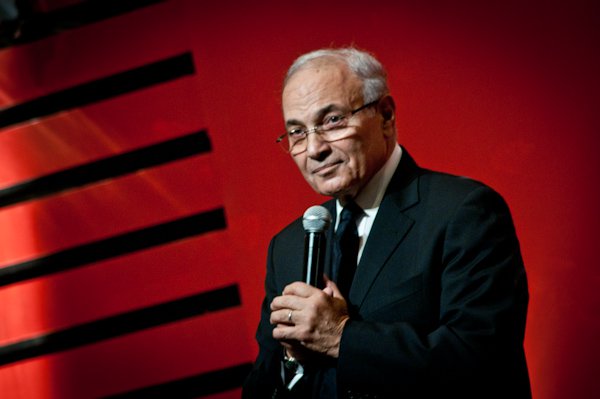The deliberations focused on trade between Kenya and Uganda as well as integration issues in East Africa.
The leaders appreciated the fact that there was need to create a more favourable environment to enhance commerce between the two countries and other countries in the region.
Later, the two leaders flew to Eastern Uganda to launch the 150-kilometre Kapchorwa—Suam road. They also attended a church service.
The road will connect Kenya and Uganda.
Ruto said the leadership of President Uhuru Kenyatta and President Museveni made it possible for citizens of the two countries to work together.
He said the road will increase investment and trade between the two countries. It will also ease movement of people.
Ruto thanked the AfDB for financing roads in the region.
He also asked the local community to shun consumption of local brews and invest in the education of their children.
Funded by Kenya, Uganda and the African Development Bank, the road is 77 kilometres long on the Kenyan side and 73 kilometres on the Ugandan side.
President Museveni said the road will improve access and connectivity between the two countries and stimulate cross-border business.
He thanked the Kenyan government for being “true neighbors” who valued trade partnership.
He said the tarmacking of the Kapchorwa-Suam road would improve security along the Kenya-Uganda border.
He asked locals to take advantage of the improved infrastructure and engage in income-generating activities.
The Construction will be completed in three years.
Leaders present included East African and Regional Development Cabinet Secretary Adan Mohamed, Governors Prof John Lonyangapuo (West Pokot), Sospeter Ojaamong (Busia) and Josephat Nanok (Turkana), and MPs Ndindi Nyoro (Kiharu) Robert Pukose (Endebess), several Ugandan lawmakers and Principal Secretary Chris Kiptoo.
Also present were Ugandan ministers David Bahati (Finance) and Amelia Kyambadde (Trade and Co-operatives).
Latest data from the Central Bank of Kenya shows that Uganda has for the first time exported more goods to Kenya than it imported in the five months leading to May due to increased maize exports.
In a breakfast meeting with the private sector members from Uganda on Sunday in Kampala, the Deputy President said that trade must drive relations and politics between countries.
“Nationalism without panafricanism is not beneficial. We live in a world that is full of challenges, especially youth unemployment and poverty. All these must be tackled head on by creating opportunities that would drive them out. And Commerce is the way to make it right,” he said.
Ruto told the meeting that despite the challenges facing the East African Community, good progress was being made.
He challenged his fellow leaders to work “progressively and consistently” to put the five-member trading bloc almost at par with the thriving Association of Southeast Asian Nations Free Trade Area, Trans-Pacific Partnership and the European Union.
Ruto said Africa should take advantage of the current wave of protectionism to fine-tune its trading blocs to give it more muscles in trade negotiations.
In a bid to make Kenya competitive and boost cross-border trade, the Deputy President said the government was investing heavily in roads, energy and relevant education.
“But we are not just building roads; we are also channeling resources in trans-boundary infrastructure. A road is better for Uganda; it is better if it connects Uganda to Kenya and other neighbouring countries,” he said.
He said at worst, if Africa fails to trade with others, then it should trade with itself. If we can push intra-African trade to 60 per cent, he added, we would be up there in the skies.


